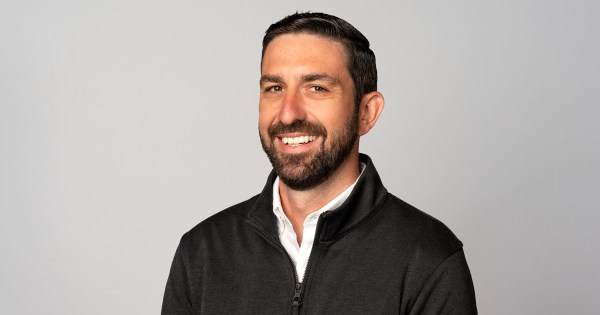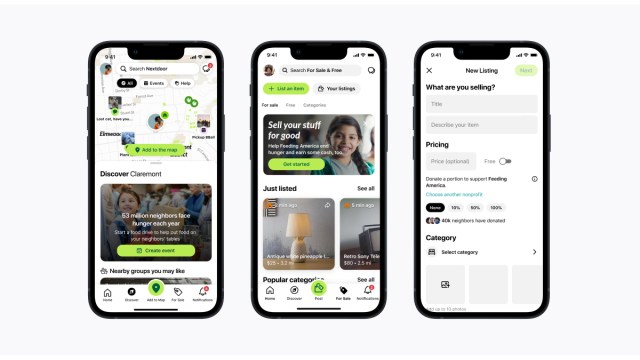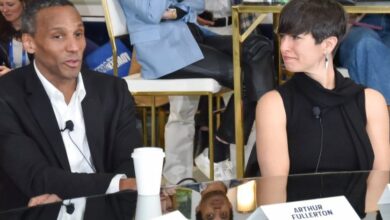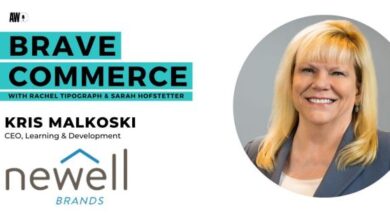Nextdoor appoints new CRO as part of broader turnaround

THE social platform Nextdoor on Wednesday named executive Michael Kiernan as chief revenue officer, part of a broader attempt by the company to reinvent itself and its advertising business under renewed leadership.
Kiernan, who first joined Nextdoor in 2018, has served as interim CRO since April. In his new official role, Kiernan will oversee the teams responsible for sales, customer service and operations.
“Meeting your customers where they are has never been more important, and Nextdoor has a tremendous opportunity to continue to deliver differentiated advertising value,” Kiernan said. “It is a privilege to join the Nextdoor leadership team at a pivotal time for the company. »
The appointment comes after the return of CEO Nirav Tolia, who joined Nextdoor as CEO and board member in May 2024. Tolia co-founded Nextdoor in 2010 and served as its first CEO until December 2018.
Upon his return, Tolia replaced then-CEO Sarah Friar, who led the company through the pandemic and took it public through a special purpose acquisition company in November 2021. Friar is now the CFO of OpenAI.
Along with Tolia’s return, Nextdoor also parted ways with then-CRO and chief marketing officer Heidi Andersen. After partnering with executive search firm Daversa to fill the role, the company instead opted to elevate Kiernan as an internal candidate.
Together, Kiernan and Tolia set out to reinvent the 15-year-old company, a process that involves reinventing its content offering, technology platform and advertising strategy.
To support these efforts, the company also hired a new design director, Georg Petschnigg, in November. Before joining Nextdoor, Petschnigg most recently served as head of product design at The New York Times, where he led the redesign of its flagship mobile app.
In its last earnings report in November, the company reported a loss of $15 million on quarterly revenue of $66 million. Its revenues, which come almost exclusively from advertising, increased 17% year-over-year and its net loss decreased by $23 million. It has around 46 million weekly active users and over 88 million registered users.
The Nextdoor turnaround
The company launched its turnaround initiative, called NEXT, in April. According to Tolia, it focuses on three main elements: presenting higher quality content, organizing information in a more intuitive way, and a new design.
To help achieve these goals, the company has taken a number of steps. First, it worked to build its proprietary adtech stack, which allowed it to operate more efficiently and offer its clients enhanced features such as improved targeting and measurement. Native technology also improves the quality of advertising products that the company can offer, improving its overall design.
In April 2022, Nextdoor revealed its self-service advertising platformNextdoor Ads, which now generates 50% of its total ad revenue, according to Kiernan. Although the company has not yet finished developing its proprietary stack, about 85% of its business already runs on the new platform.
Second, the company now welcomes third-party and professional content creators to create on-platform profiles and organic content, according to Tolia. This marks a departure from Nextdoor’s original content strategy, which relied almost exclusively on user-generated content.
But the company, like other social platforms, has changed its strategy to reflect the fact that users often welcome relevant content from people they don’t know.
For Nextdoor, that means introducing content from publishers, such as local news organizations or affinity titles like Eater, according to Tolia. For publishers, whose social distribution has declined in recent years, this additional reach could prove a welcome change.
“There are many people in your community who provide you with helpful information, whether you know them or not,” Tolia said.
To illustrate, he highlighted the recent Fires in Los Angelesduring which accurate information from local news sources and service providers proved invaluable in helping residents cope with the situation.
Finally, the company hopes to increase its usefulness to small businesses, which currently account for about a third of Nextdoor’s advertising business. The remaining two-thirds are split evenly between corporate brands and mid-market companies, according to Kiernan.
It hopes to get small business owners to advertise more by making it easier for them to build local audiences, reducing the friction needed to post content and buy ads.
“Now that we’re introducing more professional content into the feed, it’s forced us to rethink our pitch to advertisers,” Kiernan said. “As NEXT begins to land, it will open the door for us to do more with small businesses as neighbors.”




